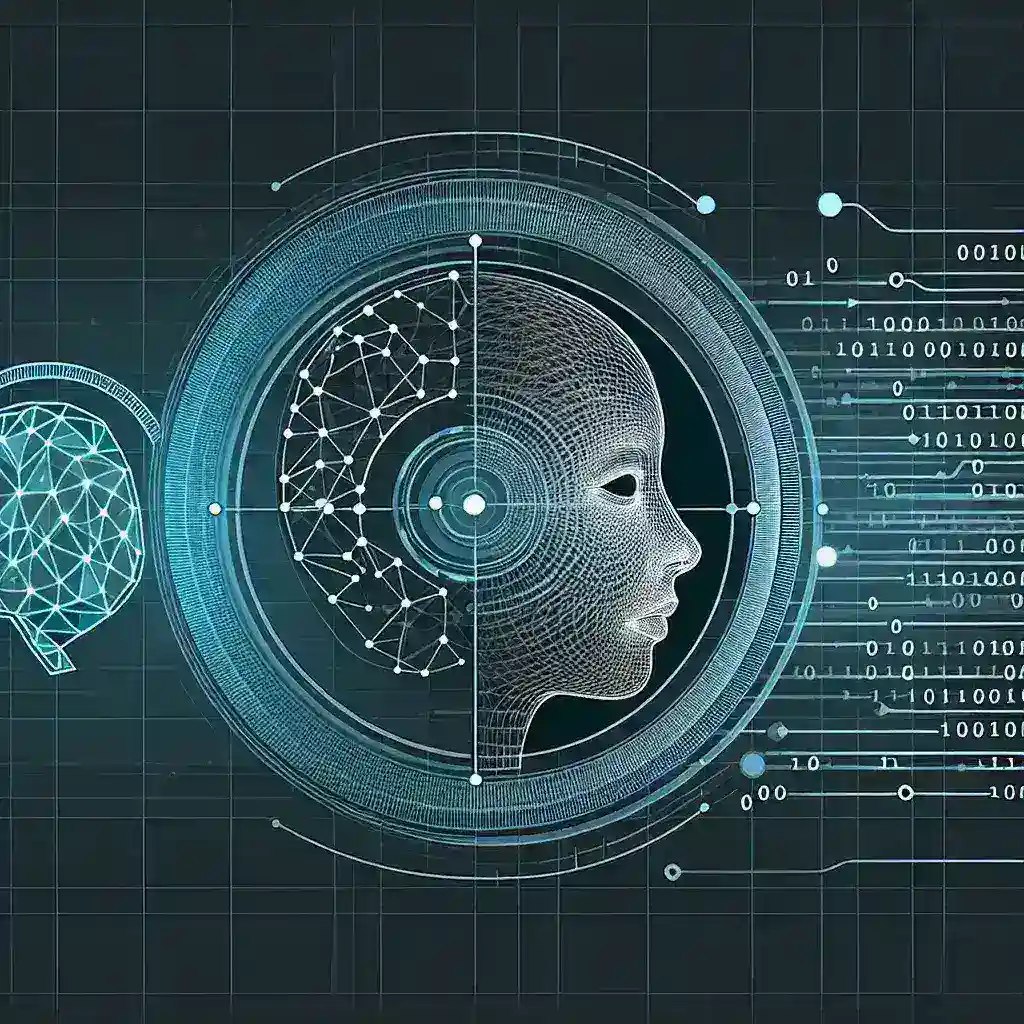Introduction to AI in Facial Recognition Technology
Artificial Intelligence (AI) has revolutionized numerous industries, and facial recognition technology stands out as one of the most transformative applications. By leveraging cutting-edge algorithms, this technology analyzes facial features from images or videos, enabling rapid and accurate identification or verification processes. It has reshaped areas such as security, healthcare, and retail, offering solutions that were once deemed impossible.
The Mechanism Behind Facial Recognition
AI-driven facial recognition systems operate through several key stages that ensure efficiency and accuracy:
- Face Detection
The system detects and locates human faces within an image or video frame, filtering out irrelevant visual data. - Feature Extraction
Using advanced algorithms, the system analyzes key facial attributes like the distance between eyes, nose shape, and jawline structure. These features create a unique “faceprint.” - Face Recognition
The extracted features are then compared against a database of known faces, determining matches for identification or verification purposes.
Each stage relies on machine learning models trained on vast datasets to recognize patterns and improve over time. This iterative learning process allows systems to continuously enhance their performance.
Applications of Facial Recognition Technology
AI-powered facial recognition finds applications in diverse fields, reshaping how organizations operate:
- Security and Surveillance
Governments and organizations use facial recognition to identify threats in real time, ensuring safety in public spaces like airports or events. - Authentication
Facial recognition replaces traditional authentication methods, such as passwords, providing a seamless and secure login experience for devices and apps. - Retail
Businesses analyze customer behaviors and preferences through facial recognition to offer personalized shopping experiences and improve service. - Healthcare
Hospitals and clinics use this technology to ensure accurate patient identification, preventing medical errors and improving treatment efficiency.
These diverse applications highlight the versatility and transformative potential of facial recognition technology.
Benefits of AI in Facial Recognition
Integrating AI into facial recognition enhances its capabilities significantly:
- Increased Accuracy
AI’s deep learning algorithms continuously refine their ability to distinguish unique facial features, improving identification rates even in challenging conditions. - Speed
Real-time processing enables swift identification, which is crucial in high-stakes scenarios, such as emergency responses or security threats. - Scalability
AI can analyze enormous datasets without compromising performance, making it suitable for large-scale deployments like city-wide surveillance.
These benefits make AI-driven facial recognition systems indispensable in modern society.
Ethical Considerations
Despite its numerous advantages, facial recognition technology raises critical privacy and ethical concerns:
- Surveillance
Widespread implementation can lead to intrusive monitoring, sparking debates about individual privacy rights versus public safety. - Bias in AI Models
Inadequate training datasets may introduce biases, leading to inaccuracies or discrimination against certain demographics. - Data Security
The collection and storage of sensitive biometric data pose risks, requiring robust cybersecurity measures to prevent breaches and misuse.
Addressing these challenges requires collaboration between technologists, policymakers, and ethicists to establish transparent governance frameworks.
The Future of AI in Facial Recognition
As technology advances, the future of AI-powered facial recognition appears promising:
- Enhanced Accuracy and Fairness
AI models will become more sophisticated, reducing biases and improving reliability across diverse populations. - Ethical Innovation
Efforts to ensure privacy and accountability will drive ethical implementations, balancing societal benefits with individual rights. - New Applications
Emerging innovations could expand the technology’s reach into areas like personalized healthcare, smart cities, and beyond.
By addressing existing limitations and prioritizing ethical considerations, facial recognition technology will continue to shape the future of AI-powered solutions.
Conclusion
Facial recognition technology, powered by AI, is transforming industries by offering faster, more accurate, and scalable solutions. While its potential is undeniable, navigating the ethical challenges is critical to ensure it benefits society responsibly. By fostering innovation alongside accountability, we can unlock the full potential of this revolutionary technology while safeguarding individual rights.

Leave a Reply